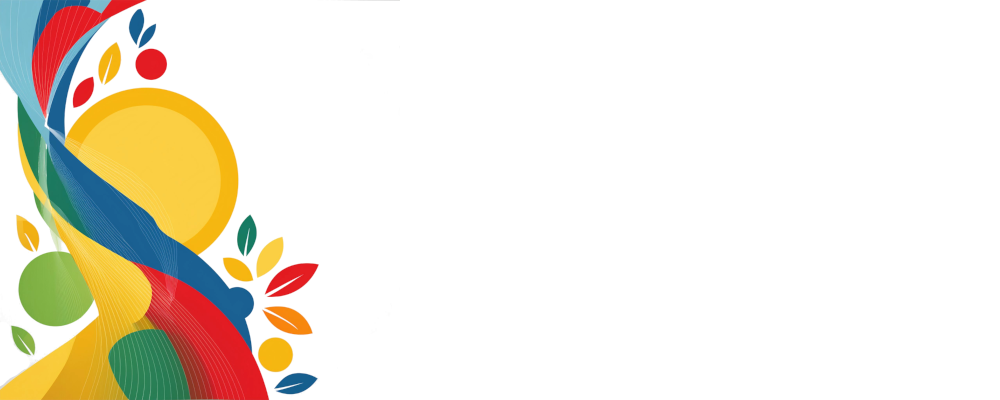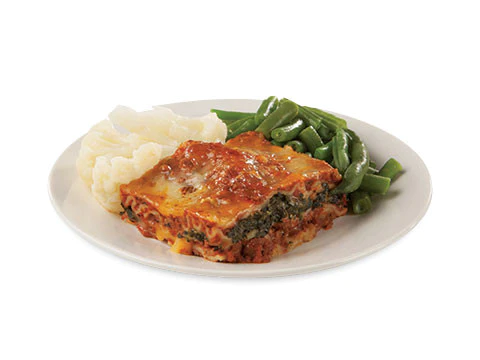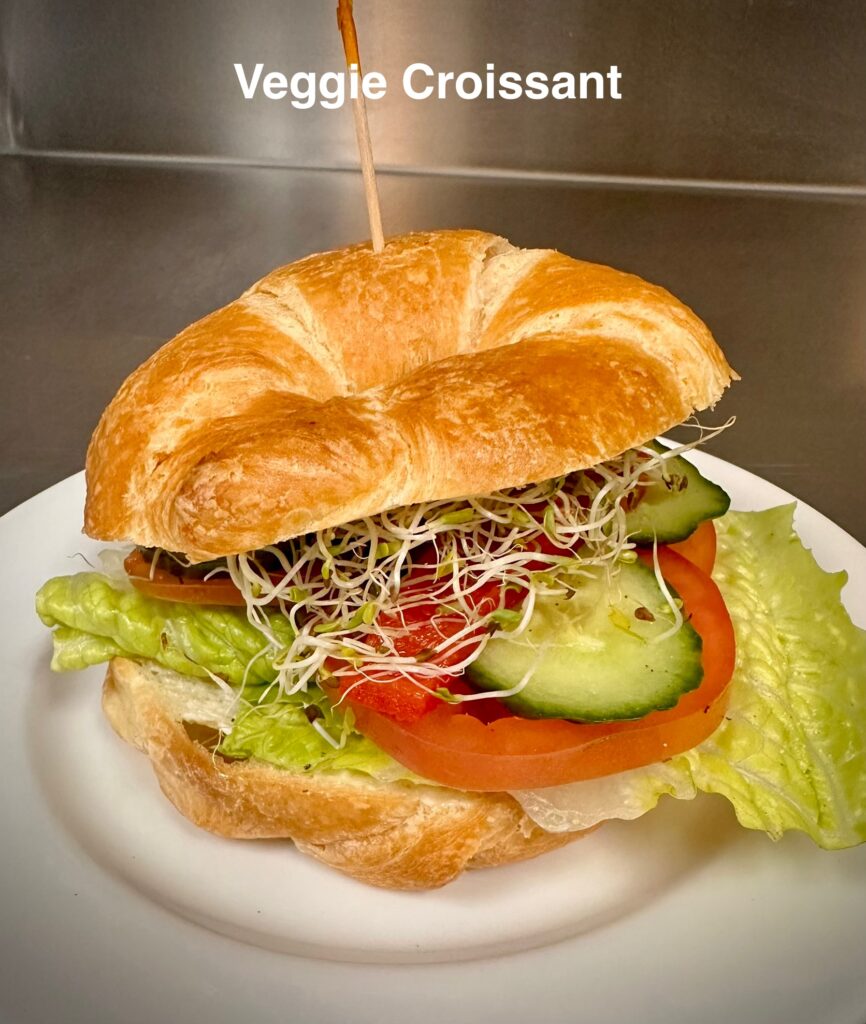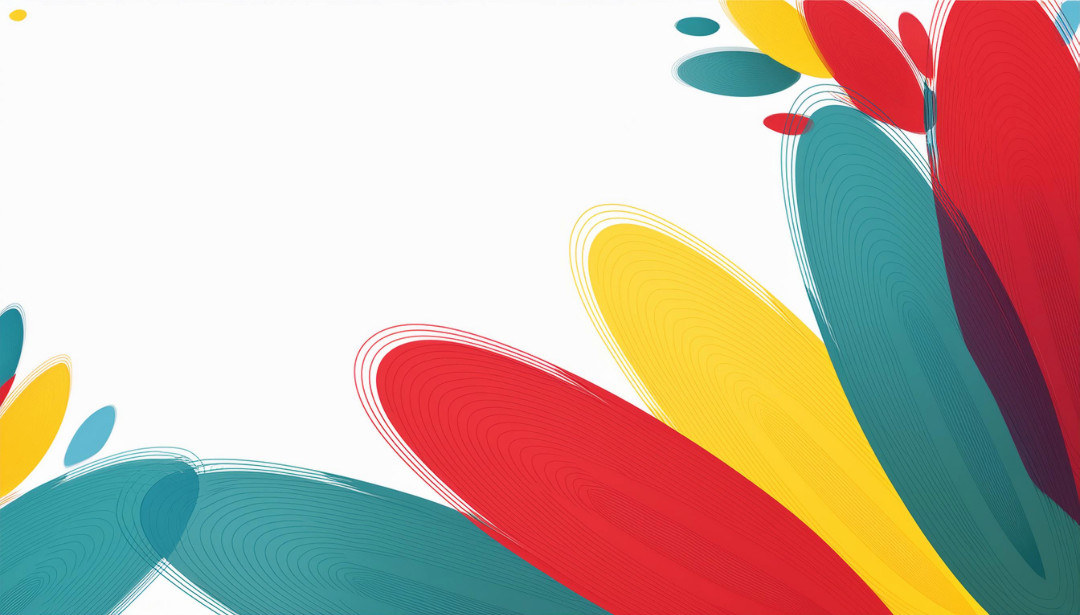Blog
Wealth Gap
I could have chosen to write about my ‘wealth gap’ – the difference between what I need to retire comfortably and what I actually have. I could have chosen to write about the wealth gap between Bill gates and me. I decided on a different exploration this week.
I chose to write about the wealth gap between what could have been and what is – on a massive scale.
A noticeable group, Indigenous people, generally have less wealth than many others. Why?
I’ll first review my ancestral history of wealth accumulation. Then I’ll focus on the historical accumulation of wealth of the Indigenous people.
While doing my Family Tree that goes back to the 1600s, I saw a broad pattern of increasing wealth across generations. My ancestors moved from farm labourers, being transient, to the middle class or more. I have one who was knighted many years ago. I saw a generation become entrepreneurs with the opening of their own stores. I saw the start of a professional class; most lawyers but some in the medical career path.
I deliberately will not comment on my status, leaving that to the historians.
Now let’s swing our lens to the disadvantaged. For generations, they struggled inside a system that always found ways to keep them poor, poor for generation after generation.
Here are just a few examples.
Many Indigenous people in Ontario in the early days of Canada were prosperous farmers, self-sufficient, and continued wealth accumulation. As the settlers moved in, given free land to homestead, they weren’t competing successfully with the Indigenous farmers. The settlers had inferior crops, less yield and more.
So they supported the passing of laws that prevented them from owning farming machinery. Yet they still could compete. So the settlers had laws passed that confined the selling of their crops to other Indigenous people. They no longer had access to any public markets. This ended the wealth accumulation for these once-prosperous farmers. So subsequent generations of children who grew to be adults, who had children who, in turn, grew into adults, had accumulated very little of anything valuable to pass on to their descendants.
In Western Canada, the settlers and related governments did not morally acquire much of the country. So have many people accumulated wealth based on knowingly using the stolen property?
I know this is a heavy topic, and this nation is struggling in its journey to a destination of reconciliation.
Please give this a bit of a think. What is one thing you could do to help Canada in its reconciliation journey?
I know this is a tough ask. Take some time to reflect.
I’m curious about your thoughts. Please share your bit of a think below.
Photo by Towfiqu barbhuiya on Unsplash
If you enjoyed The Blog, please share it with others. Thanks.
And my thanks to St. Albert Seniors Association: 780-459-0433 for making this Blog possible.

Volunteer Blogger











If the indigenous people hadn’t been driven off “ their” farmland and been allowed to own land, there might have been a different outcome. The Indian act of 1970 ( ?) made it illegal for children, the mentally ill
or indigenous people to own land. They only earned the right to vote 64 years ago. Who were these people governing our country? In Arizona, there is huge ownership of land by the tribal people. My husband and I stayed at a 4* hotel called The View in Arizona and we had to pay $20 to enter their land. It was on a stunning piece of land straight out of a western movie set. Everything was run by the native people.
Canada has much to learn and much to correct from past transgressions.
Thanks for your thoughtful reply.